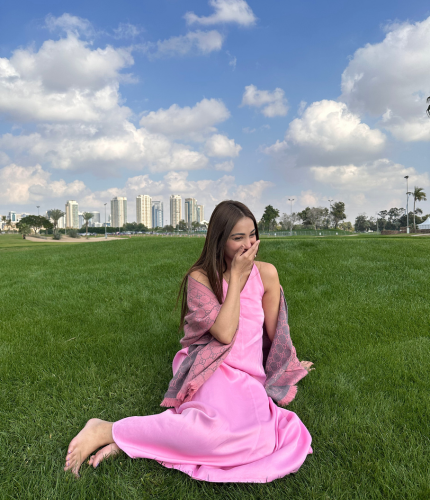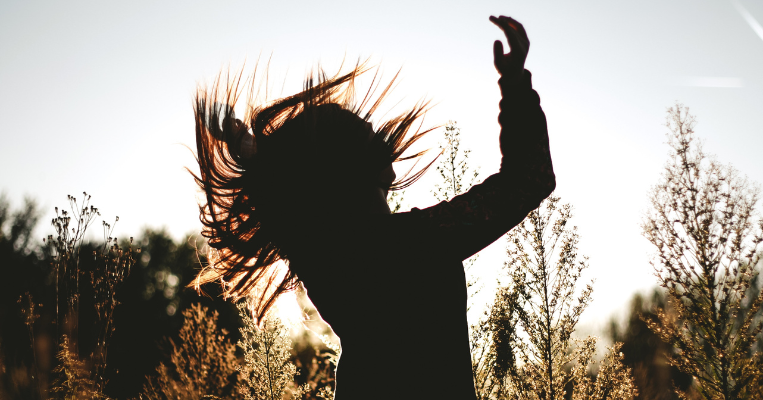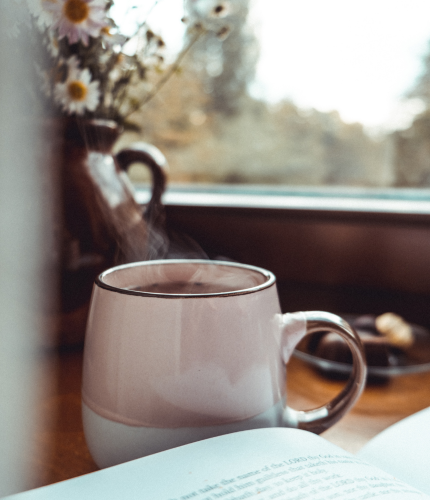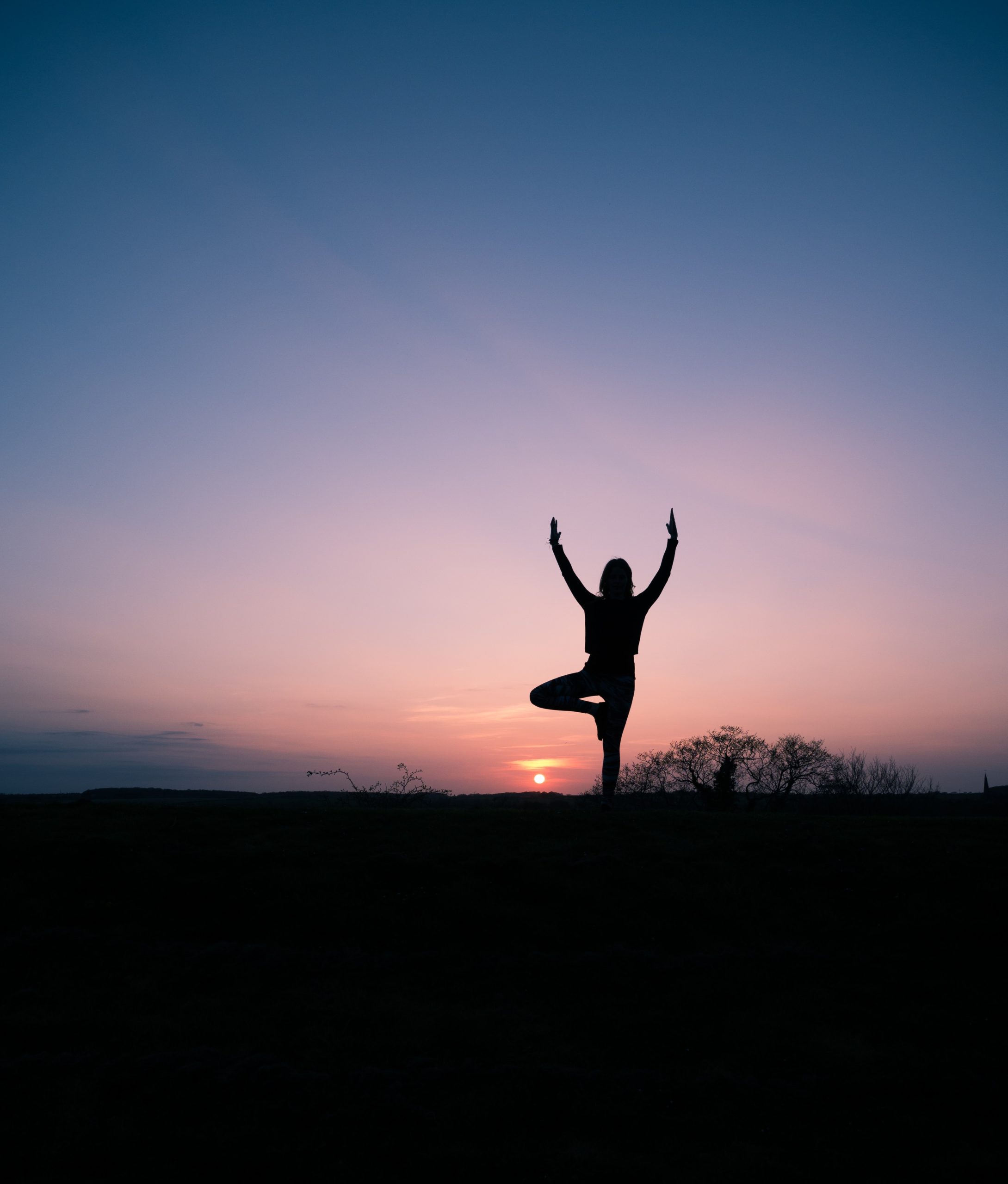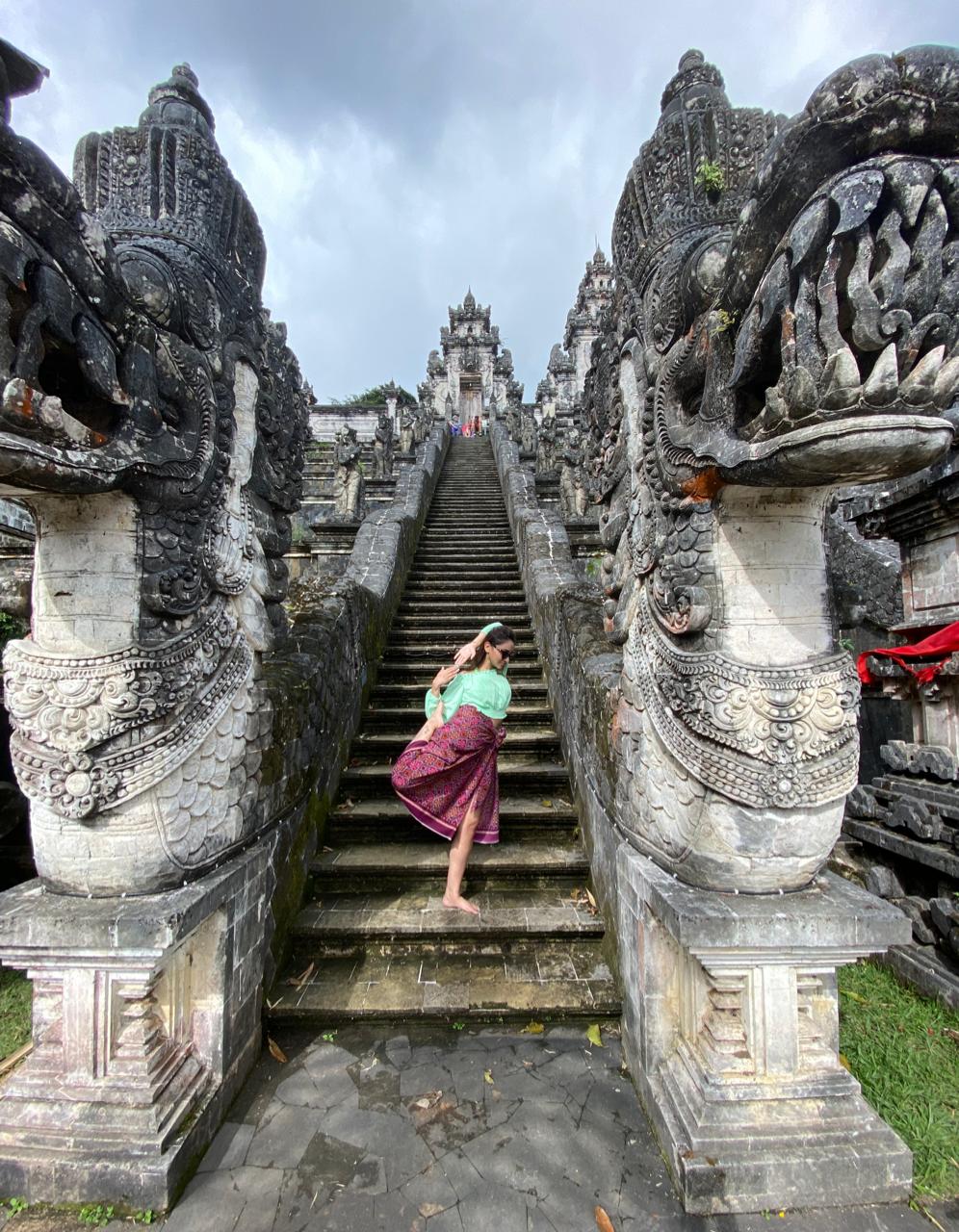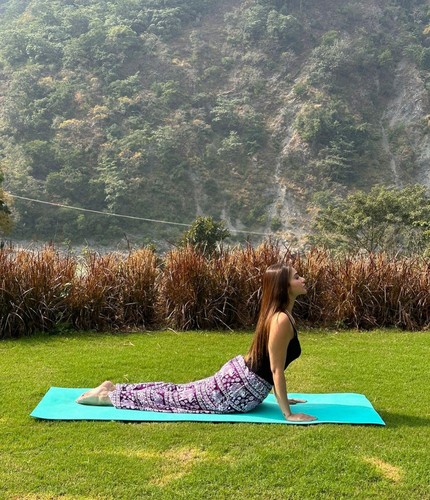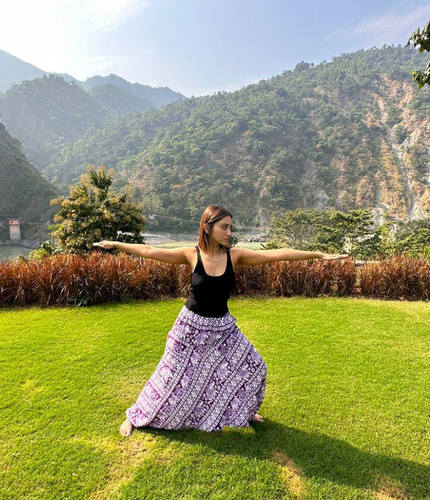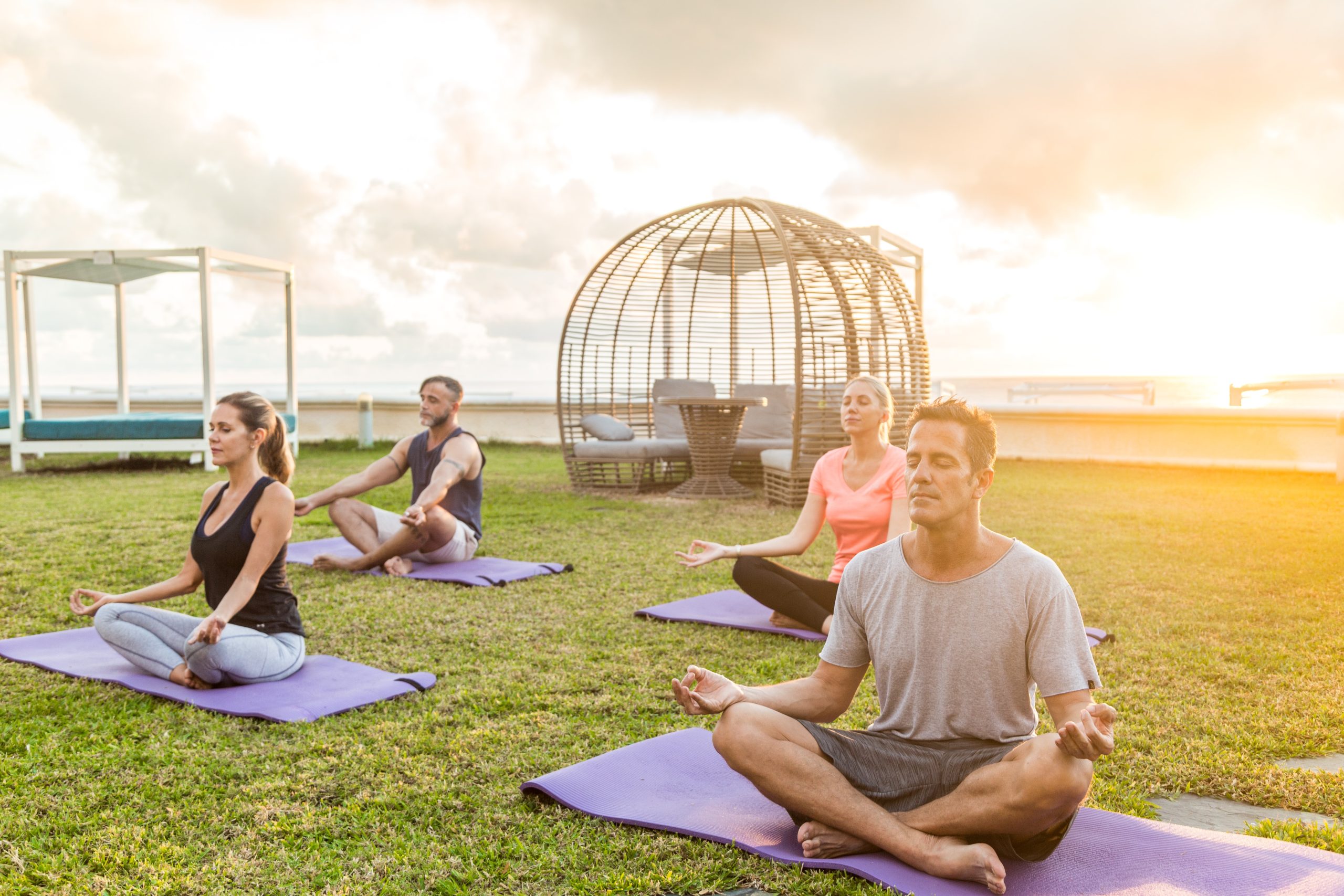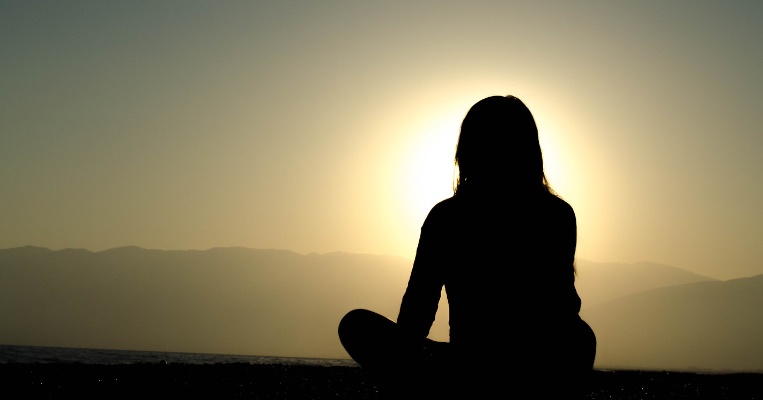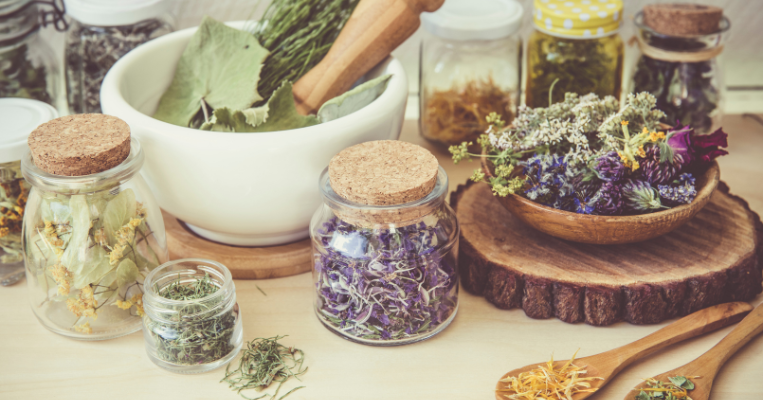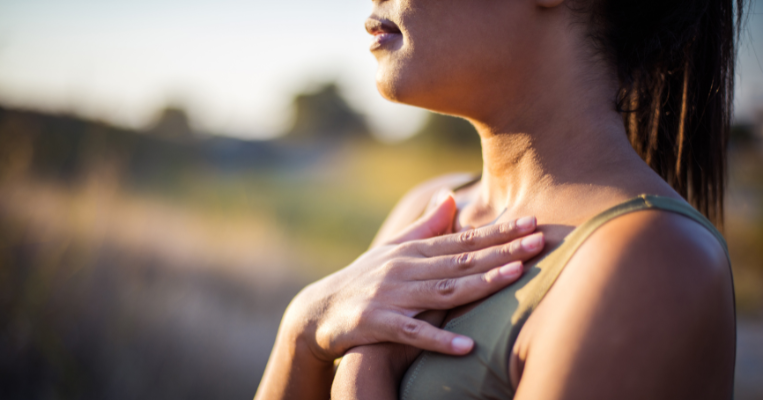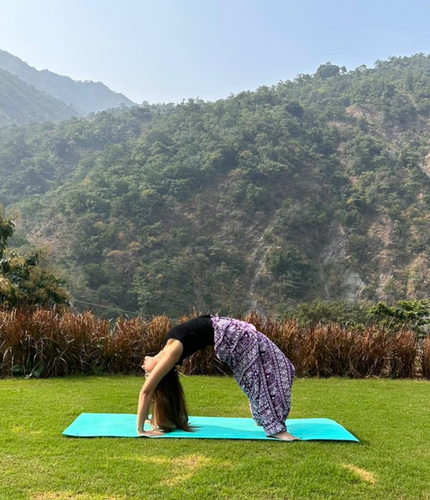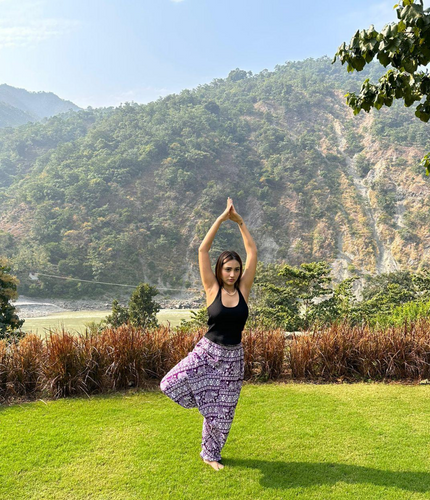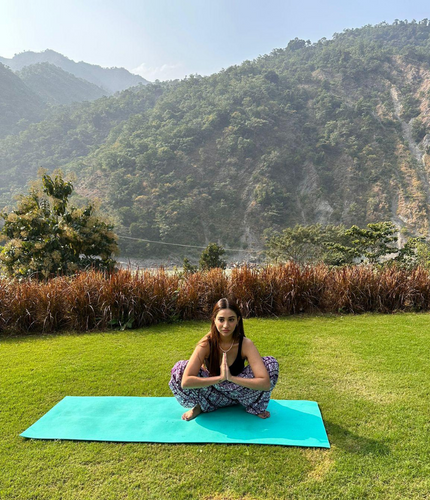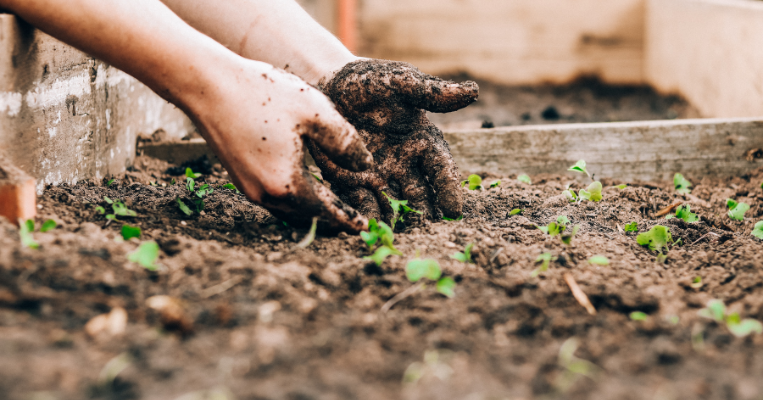
28 July 2023
5 Grounding Techniques to Relieve Anxiety
Amongst the hustle and bustle of modern life, it’s easy to feel overwhelmed and disconnected from our natural surroundings. Grounding, also known as earthing, offers a simple yet powerful solution to alleviate anxiety and restore our inner balance. By connecting with the earth beneath us, we can find solace, centre our minds, and experience a sense of calmness that transcends daily stressors.
There’s no wrong way to approach grounding; for me, personally, I find solace in grounding through yoga poses, nourishing my body with grounding foods (such as root vegetables, whole grains and fruit) and indulging in the rejuvenating embrace of a sound bath. Let’s explore five grounding techniques you can easily practice whenever anxiety strikes, allowing you to tap into the healing power of Mother Earth.
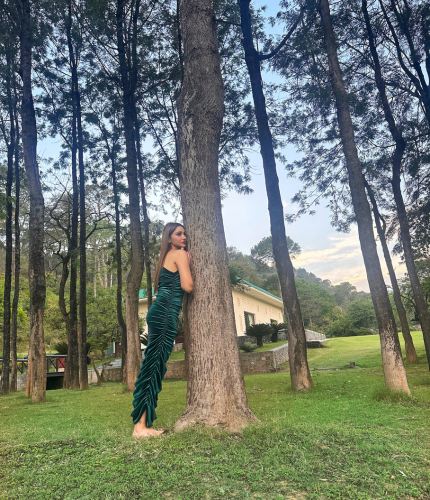
Walking Barefoot
Step out of your shoes and feel the earth beneath your feet! Walking barefoot on natural surfaces like grass, sand, or soil is an instant grounding technique. As your bare skin connects with the earth’s energy, you absorb its healing vibrations. Take a mindful stroll, focus on each step, and let the earth’s gentle embrace soothe your worries away.
Lying on the Ground
Find a quiet spot outdoors, lie down, and rest your body on the earth’s surface. Letting your body make direct contact with the ground helps discharge any built-up stress and tension. Close your eyes, take deep breaths, and allow yourself to become fully present in the moment. Feel the support of the earth beneath you, and visualise your worries dissipating into the soil.
Gardening
Spending time in a garden can be a profoundly grounding experience. As you plant seeds, tend to the soil, and witness the growth of plants, you connect with the cycles of nature. Gardening allows us to nurture life, fostering a sense of purpose and connection with the earth’s abundant energy.
Touching Water
Water is a potent conductor of grounding energy. Whether it’s dipping your feet in a natural stream, taking a relaxing bath, or simply splashing your face with water, these acts can instantly calm your mind and restore a sense of balance. The gentle flow of water connects us with the flow of life, reminding us to let go and embrace the present moment.
Earthing Equipment
If going outside is not feasible, earthing equipment provides an excellent alternative. Grounding mats, sheets, or patches allow you to receive the earth’s electrons indoors. These tools can be used while working, sleeping, or simply relaxing, providing you with the benefits of earthing without leaving your home.

Grounding is a transformative practice that brings us back to our roots, both literally and figuratively. By incorporating these grounding techniques into your daily routine, you can create a profound shift in your well-being. As you let go of worries and stress, the earth nourishes your body and soul with its healing energy, leaving you feeling centred, refreshed, and renewed. Embrace the simplicity and power of grounding, and experience a newfound sense of calmness and connection in your life.



